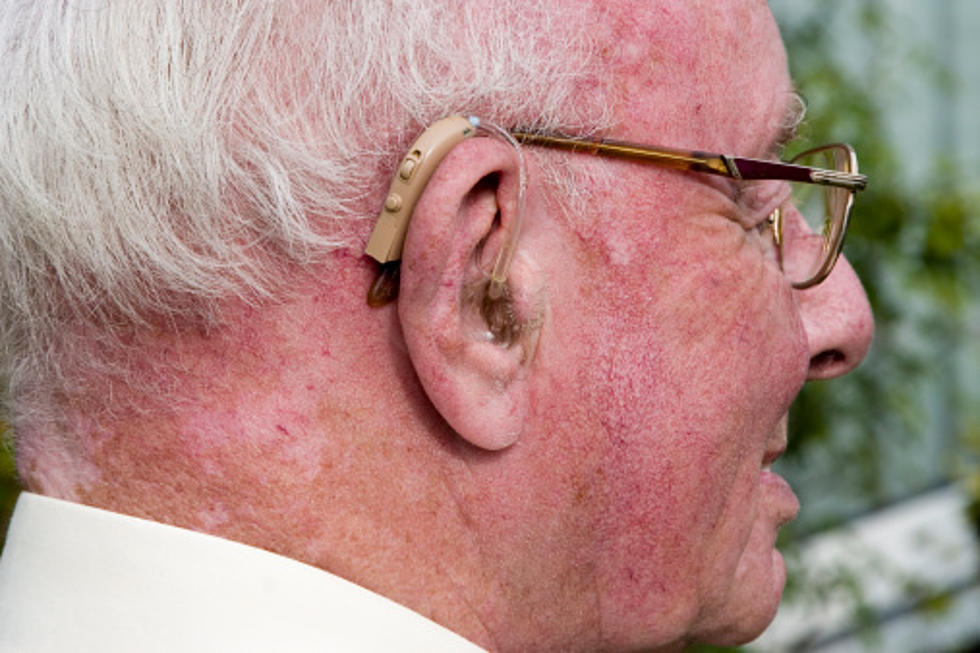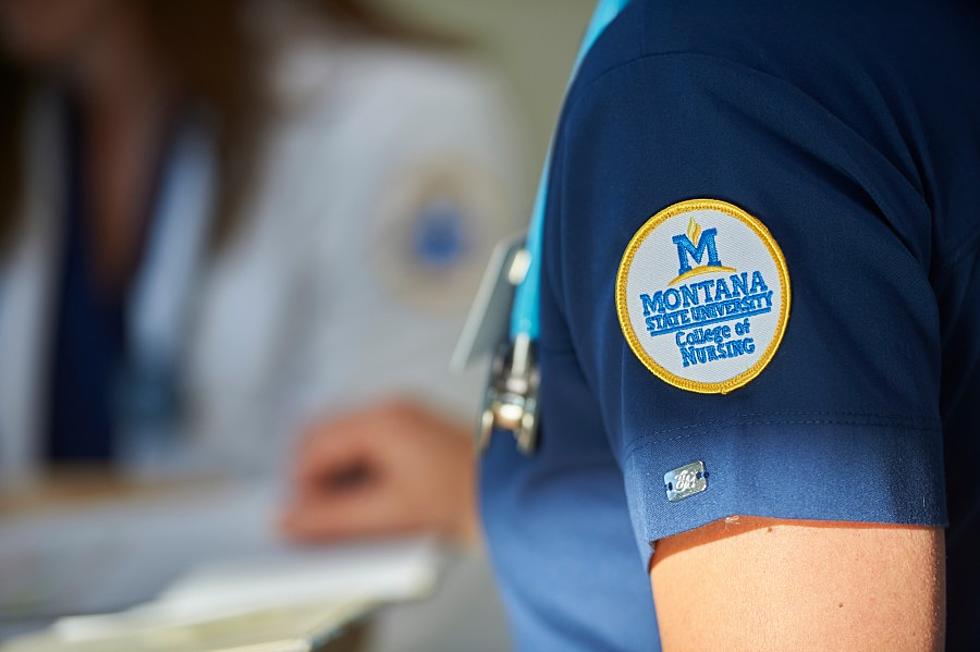
MSU Biochemist Joan Broderick Elected to Two Prestigious National Academies
BOZEMAN — In an extraordinary wave of recognition, a Montana State University scientist has been named to two of the nation’s most prestigious academies in a single week in celebration of her work to unravel the mysteries of a family of chemical reactions found throughout nature.
Joan Broderick, professor in and head of the Department of Chemistry and Biochemistry in MSU’s College of Letters and Science, has been elected to both the National Academy of Sciences and the American Academy of Arts and Sciences. Each academy has previously inducted only one other MSU-affiliated member. Broderick, along with MSU's Dana Longcope, are the only people in the five-state region of Montana, Idaho, Wyoming and the Dakotas to be elected to NAS this year.
"Being elected to NAS is considered one of the highest honors a scientist can receive, and having this come at the same time as joining AAA&S is an extraordinary accomplishment," said Jason Carter, MSU’s vice president for research, economic development and graduate education. "It's a testament to Joan's scientific impact."
As one of only 120 incoming members of NAS, which was established by congressional charter in 1863 to provide objective, independent advice to the nation on matters of science and technology, Broderick joins MSU's Cathy Whitlock, elected in 2018, and approximately 2,900 other members — roughly 190 of whom have won Nobel prizes. AAA&S, whose members have included Benjamin Franklin, Charles Darwin and Margaret Mead, was founded in 1780 and “honors excellence and convenes leaders to examine new ideas, address issues of importance to the nation and the world, and advance the public good,” according to the announcement of this year’s 261 inductees across of a range of fields, including the sciences, arts and humanities.
“I feel incredibly honored and excited to receive this recognition,” Broderick said, “and it is recognition that really belongs to my entire research group, past and present.”
Photo: MSU/asg
Broderick, who came to MSU in 2005 and was the inaugural recipient of MSU’s Women in Science Distinguished Professor Award in 2013, is known as an advocate for other women scientists, a mentor to countless students and an accomplished teacher as well as a relentless researcher who continues to trailblaze understanding of molecules known as radical SAMs.
“Joan’s passion for chemistry not only advances the field but provides unprecedented opportunities for Montana State students who work in her world-class laboratory," Carter said.
After earning her doctorate in chemistry from Northwestern University in 1992, Broderick went to Massachusetts Institute of Technology as a postdoctoral researcher in the lab of JoAnne Stubbe, who suggested Broderick look into a biochemical reaction in the common bacteria E. coli involving S-adenosyl-L-methionine, or SAM. Little was then known about the interlocking polygons of oxygen, hydrogen and nitrogen except that they appeared to sustain bacterial life by making a free radical — an unstable atom lacking outer electrons and hungry for reaction. At the time, scientists mostly thought that reactions involving radicals were aberrations.
Broderick’s persistent and painstaking investigation of how SAM works — unfolding as other scientists showed that there are actually more than 100,000 radical SAM enzymes, making them one of the largest families of such molecules in nature — defines a career that Stubbe, professor emerita at MIT who was elected to AAA&S in 1991 and NAS in 1992, has said exemplifies “beautiful science.”
As a young professor at Amherst College working on a shoestring budget, Broderick improvised through frustrating research trials that eventually led to a penetrating insight about how SAM worked with clusters of iron and sulfur common in nature. After coming to MSU, she and her collaborators used powerful tools to decode the molecular structures within the reaction. Their work led to a groundbreaking paper in the journal Science in 2016 showing how SAM momentarily rearranges into an intermediate molecule that uses the radical to precisely grab atoms from other stable molecules, overcoming biochemical inertia to initiating complex reactions that are vital to life. Broderick has marveled at how the chemistry is “exquisitely controlled” and “mind-blowing.”
“Being elected to either of these academies is a great honor. Being elected to both means that Joan's peers recognize that her work not only represents a distinguished advancement of science but also has direct benefits for the common good,” said Yves Idzerda, dean of the College of Letters and Science. “Joan is not just a great scientist but a respected colleague and role-model for others, embodying the values that fellow scientists embrace.”
In 2019, Broderick won a prestigious $1.8 million National Institutes of Health grant designed to foster open-ended research with potential for breakthroughs. Besides implications in medicine — scientists have found at least eight radical SAMs in humans, some responsible for translating DNA into complex molecules that carry out various cell processes — the research could lead to new ways of making medical drugs or other products, according to Broderick.
In 2020, Broderick was also elected as a fellow of the American Association for the Advancement of Science (known as AAAS, as opposed to the AAA&S), a distinction she shares with Raina Plowright, associate professor in the Department of Microbiology and Cell Biology in MSU’s College of Agriculture, and Robert Walker, professor in the chemistry and biochemistry department.
A first-generation college graduate who found her love of research as a freshman while working in labs at Washington State University to support herself, Broderick is the second person affiliated with MSU to be inducted into AAA&S. Henrietta Mann, emeritus professor in the Department of Native American Studies in MSU’s College of Letters and Science, was elected in 2018.
“I’m so grateful for the opportunities I’ve had to pursue fascinating scientific questions with exceptional scientists, including my scientific and life partner Will Broderick, and also the talented students and postdocs who have worked in my lab over the years, and my outstanding collaborators,” Broderick said. ‘The successes we’ve had would not be possible without the entire team and their dedication to the pursuit of science.”
- by Marshall Swearingen, MSU News Service -









